BC
- 29,000–25,000 BC – First pottery appears
- 3rd millennium BC – Copper metallurgy is invented and copper is used for ornamentation
- 2nd millennium BC – Bronze is used for weapons and armour
- 1st millennium BC – Pewter beginning to be used in China and Egypt
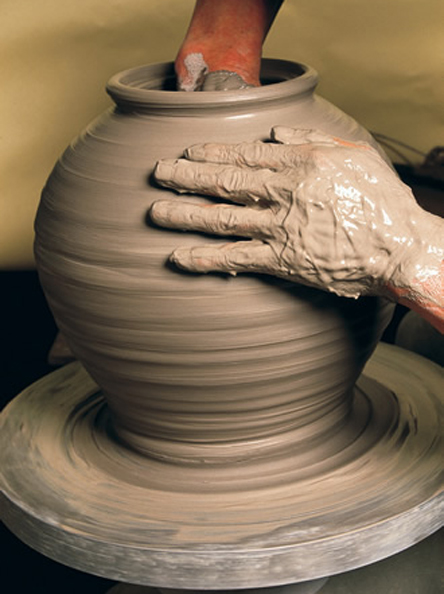 Making pottery
Making pottery
- 16th century BC – The Hittites develop crude iron metallurgy
- 13th century BC – Invention of steel when iron and charcoal are combined properly
- 10th century BC – Glass production begins in ancient Near East
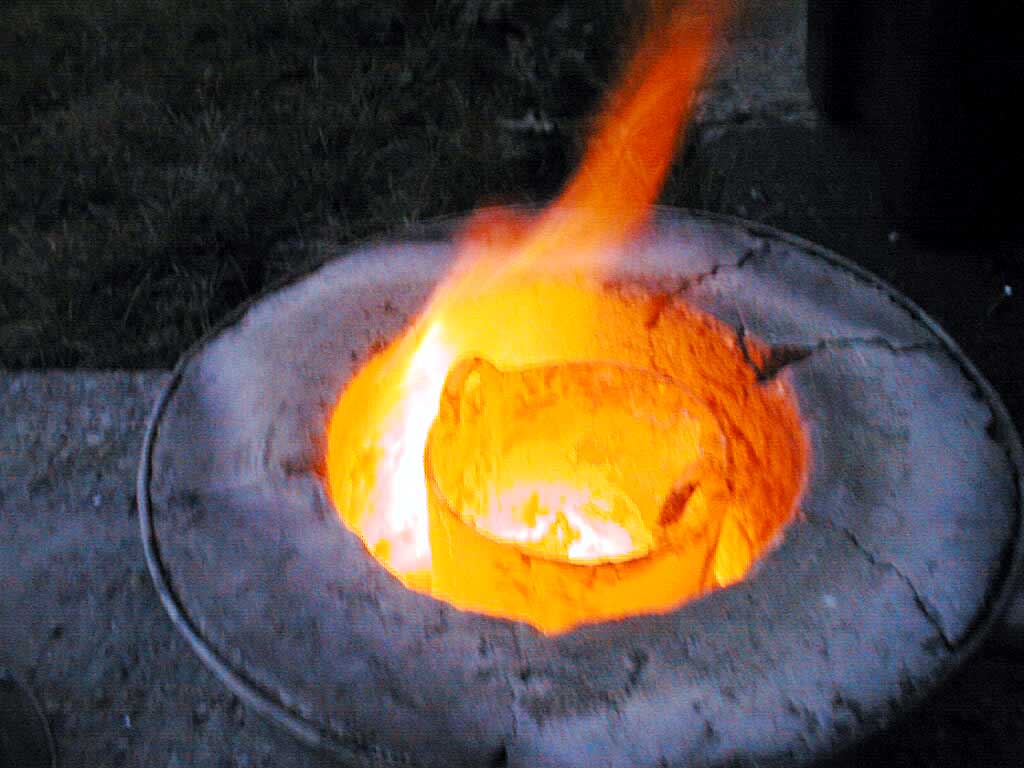 Crucible Steel
Crucible Steel
- 3rd century BC – Wootz steel, the first crucible steel, is invented in ancient India
- 50s BC – Glassblowing techniques flourish in Phoenicia
- 20s BC – Roman architect Vitruvius describes low-water-content method for mixing concrete
1st millennium
- 3rd century – Cast iron widely used in Han Dynasty China
- th century – Iron pillar of Delhi is the oldest surviving example of corrosion-resistant steel
- 8th century – Porcelain is invented in Tang Dynasty China
- 8th century – Tin-glazing of ceramics invented by Arabic chemists and potters in Basra, Iraq9th century – Stonepaste ceramics invented in Iraq
- 9th century – Lustreware appears in Mesopotamia
2nd millennium
- 11th century – Damascus steel developed in the Middle East
- 1448 – Johann Gutenberg develops type metal alloy
- 1450s – Cristallo, a clear soda-based glass is invented by Angelo Barovier
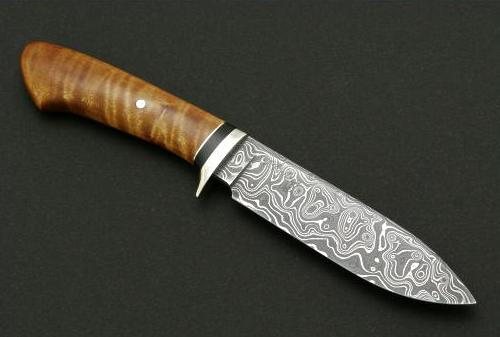 High Carbon Damascus Steel
High Carbon Damascus Steel
- 1540 – Vannoccio Biringuccio publishes first systematic book on metallurgy
- 1556 – Georg Agricola’s influential book on metallurgy
- 1590 – Glass lenses are developed in the Netherlands and used for the first time in microscopes and telescopes
18th century
- 1738 – Metallic zinc processed by distillation from calamine and charcoal patented by William Champion
- 1740 – Crucible steel technique developed by Benjamin Huntsman
- 1779 – Hydraulic cement (stucco) patented by Bry Higgins for use as an exterior plaster
- 1799 – Acid battery made from copper/zinc by Alessandro Volta
19th century
- 1821 – Thermocouple invented by Thomas Johann Seebeck
- 1824 – Portland cement patent issued to Joseph Aspin
- 1825 – Metallic aluminum produced by Hans Christian Orsted
- 1839 – Vulcanized rubber invented by Charles Goodyear
 Solar Cell
Solar Cell
- 1839 – Silver-based photographic processes invented by Louis Daguerre and William Fox Talbot
- 1855 – Bessemer process for mass production of steel patented by Henry Bessemer
- 1861 – Color photography demonstrated by James Clerk Maxwell
- 1883 – First solar cells using selenium waffles made by Charles Fritts
20th century
- 1902 – Synthetic rubies created by the Verneuil process developed by Auguste Verneuil
- 1908 - Cellophane invented by Jacques E. Brandenberger
- 1909 – Bakelite hard thermosetting plastic presented by Leo Baekeland
- 1911 – Superconductivity discovered by Heike Kamerlingh Onnes
- 1912 – Stainless steel invented by Harry Brearley
- 1916 – Method for growing single crystals of metals invented by Jan Czochralski
- 1924 – Pyrex invented by scientists at Corning Incorporated, a glass with a very low coefficient of thermal expansion
- 1931 – synthetic rubber called neoprene developed by Julius Nieuwland (see also: E.K. Bolton, Wallace Carothers)
- 1931 – Nylon developed by Wallace Carothers1
- 938 – The process for making poly-tetrafluoroethylene, better known as Teflon discovered by Roy Plunkett
- 1939 – Dislocations in metals confirmed by Robert W. Cahn1
- 947 – First germanium point-contact transistor invented
- 1947 – First commercial application of a piezoelectric ceramic: barium titanate used as a phonograph pickup1951 – Individual atoms seen for the first time using the field ion microscope
- 1953 – Metallic catalysts which greatly improve the strength of polyethylene polymers discovered by Karl Ziegler
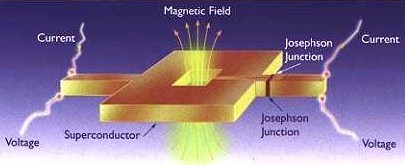 SQUID superconducting quantum
SQUID superconducting quantum
- 1954 – Silicon solar cells with 6% efficiency made at Bell Laboratories
- 1954 – Argon oxygen decarburization (AOD) refining invented by scientists at the Union Carbide Corporation
- 1959 – Float glass process patented by the Pilkington Brothers
- 1962 – SQUID superconducting quantum interference device invented
- 1968 – Liquid crystal display developed by RCA
 Fiber Optic
Fiber Optic
- 1970 – Silica optical fibers grown by Corning Incorporated
- 1980 – Duplex stainless steels developed which resist oxidation in chlorides
- 1985 - The first fullerene molecule discovered by scientists at Rice University (see also: Timeline of carbon nanotubes)
You might also like
| Biomimetics (Biomimicry) Biomimetics (also known as biomimicry,... | Powder Metallurgy Powder Metallurgy Process, source : https://www.themetalcasting.com/ Powder... | Nano Coatings The nano coatings, "liquid solids"... | Copper Alloys Copper is one of the most useful... |
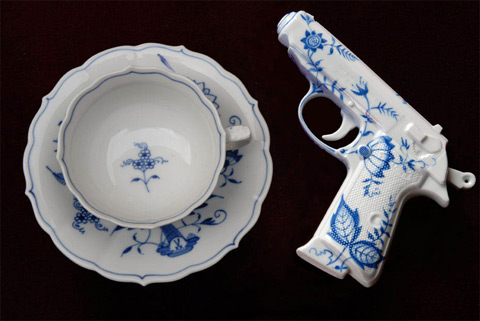
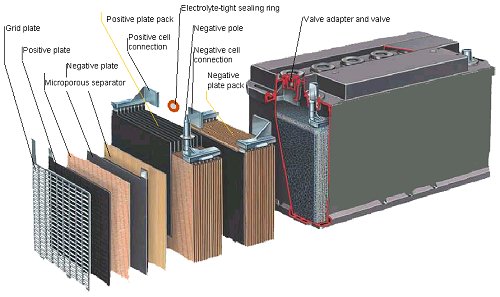
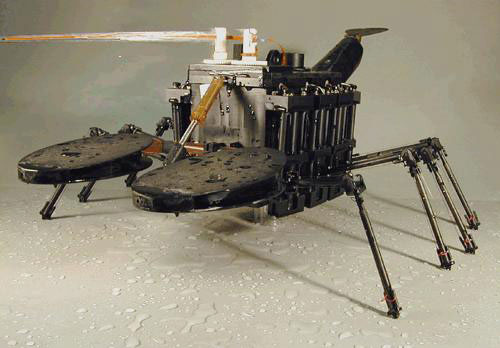
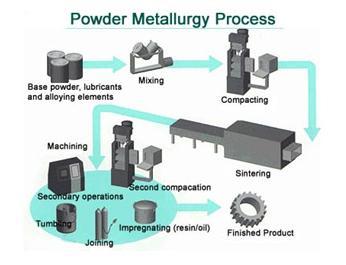

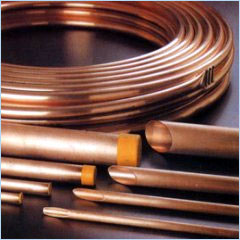
 Alloy Suppliers
Alloy Suppliers
 Aluminum
Aluminum
 Aluminum Extrusions
Aluminum Extrusions
 Copper-Brass-Bronze
Copper-Brass-Bronze
 Nickel
Nickel
 Magnets
Magnets
 Stainless Steel
Stainless Steel
 Stainless Steel Tubing
Stainless Steel Tubing
 Steel Service Centers
Steel Service Centers
 Titanium
Titanium
 Tungsten
Tungsten
 Wire Rope
Wire Rope